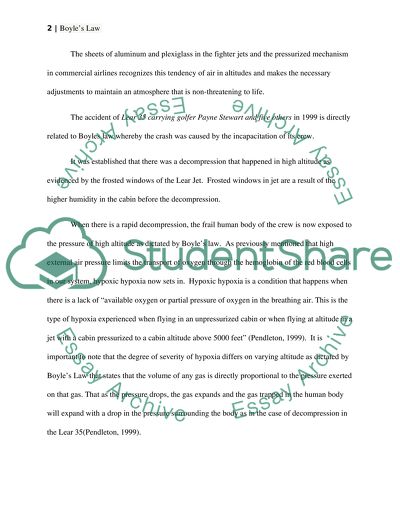Cite this document
(“Boyles Gas Law Research Paper Example | Topics and Well Written Essays - 1000 words”, n.d.)
Retrieved from https://studentshare.org/health-sciences-medicine/1457469-boyles-gas-law
Retrieved from https://studentshare.org/health-sciences-medicine/1457469-boyles-gas-law
(Boyles Gas Law Research Paper Example | Topics and Well Written Essays - 1000 Words)
https://studentshare.org/health-sciences-medicine/1457469-boyles-gas-law.
https://studentshare.org/health-sciences-medicine/1457469-boyles-gas-law.
“Boyles Gas Law Research Paper Example | Topics and Well Written Essays - 1000 Words”, n.d. https://studentshare.org/health-sciences-medicine/1457469-boyles-gas-law.


